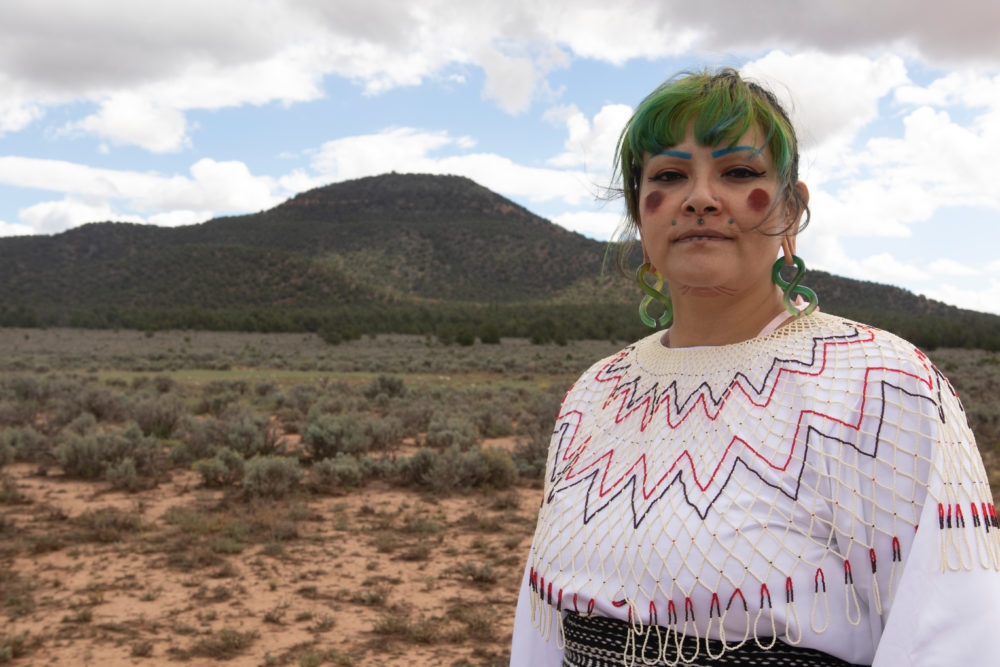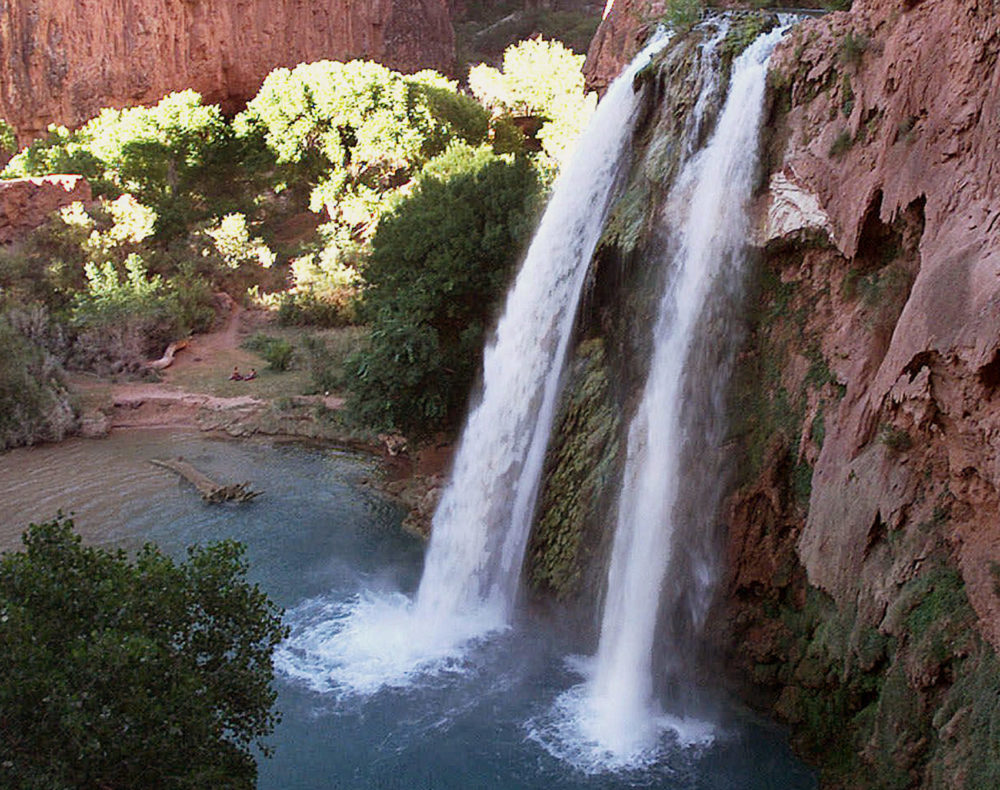Advertisement
'Guardians Of The Grand Canyon': The Havasupai Tribe's Long Connection To The Canyon's Red Rocks

The Havasupai Tribe is one of 11 Native American tribes that are traditionally affiliated with the Grand Canyon National Park. They’ve been living among the Grand Canyon’s towering red walls of rock and expansive high desert landscape for centuries, before it ever became a U.S. national park.
Today, they are the only Native American tribe that still lives below the rim of the Grand Canyon.
“The creation of Grand Canyon National Park was actually some of the darkest days for the Havasupai people. We lost a large area of our migration,” Ophelia Watahomigie-Corliss, a Havasupai councilwoman, says.
The inception of the national park in 1919 meant the Havasupai Tribe lost acres and acres of their land. After pushing for a congressional bill in the mid-1970s, some of the reservation along the western edge of the Grand Canyon’s South Rim was returned.
“I can tell you that today, the partnerships with the Grand Canyon National Park, we've been working on them for a long time,” she says. “Instead of resentment and anger, there are these ideas of partnership and collaboration.”
To the millions of tourists who visit the Grand Canyon each year, Watahomigie-Corliss asks that they remember “the land is sacred,” and the Havasupai Tribe does their best to guard and respect it.
“I really want the millions of tourists who come to the Grand Canyon to know that we still live inside the park and we still do our best to protect the area,” she says. “And we're happy that the tourists are there. We're happy that they can share the view and the beauty and the magnificence of the area with us and we've been protecting it this entire time.”
Interview Highlights
On the history of the Havasupai Tribe
“We are the only Native American tribe that lives below the rim in the Grand Canyon. The Havasupai have been here since time immemorial. Traditionally, we had two areas where we lived. Where we live now in Supai village was our summer home. During the wintertime, we lived in bands spread out on the South Rim in the area now known as the Grand Canyon National Park. So we migrated between both areas and down here where we currently live is great land to grow crops, and we would grow them down here through the spring and summer. We would keep the over abundance and bring the rest of us up on the rim where we would live with our families and probably hunt just a couple deer every year. Predominantly, we had a vegetarian diet. But when we had to go live on the South Rim is when we would request help. And I thank our animal friends for helping us live through the winter time.”
On when the tribe was first disrupted
“There are some stories in some books where we did meet some Spanish conquistadors on the South Rim and there's very little documentation. I wouldn't call that the 'first disruption.' I would say the first disruption is when the Fred Harvey railway [was made]. Everyone would remember it as the Grand Canyon Railway. And that group made their way to the South Rim of the Grand Canyon and discovered the area. And by 1919 is when they had federally turned the area into a Grand Canyon National Park.”
On the original reservation, which was set up in 1880
“In 1880, [the government] met then-chief Navajo and that was when we had already been hearing stories from displaced nations who had been coming to the Grand Canyon to hide out essentially. We knew they were coming and we heard the stories that they were coming. So when they got here, we pretty much just put our hands up and said ... 'Please just let us stay here in our land.' And they did. They turned down here, Supai village, into a reservation but it was very small. It was like five miles by three miles. And that original reservation didn't even include our world famous waterfalls. That was later on given to Grand Canyon National Park.”
On Grand Canyon National Park’s 100th anniversary
“I think if you were to talk to older individuals that they would still have some resentment. ... When we were on the South Rims, that's when we would be in bands to be able to tell our origin stories. And that disruption is still felt amongst families today. But it would depend on the age and who you ask. The younger people that you would ask may not quite be aware of that history yet.
“We know that although this is the 100th year celebration for the national park, we've been here in this land in that area since time immemorial and in fact we still have a population of Havasupai tribal members who live inside the national park. They decided to stay even through the long history of struggle with the national park and then trying to push us out of the area. They persevered, and they actually still live inside the national park today.”

On the challenges that the Havasupai Tribe faces today
“The top of the list for issues impacting the Havasupai Tribe today is uranium mining. The second would be being able to use and [get] back as much of our aboriginal territories as possible. We also are working on establishing water rights, which includes getting into communication with either individuals or entities who have a well deep enough that pierces the Red Wall Mojave aquifer and the Red Wall Mojave aquifer is what fills the entirety of Havasu Creek. That's our entire water source.”
On what the tribe wants Grand Canyon tourists to know
“Well I would want them to know that the Havasupai are the guardians of the Grand Canyon. We call ourselves the Havasu Baaja, the People of the Blue Green Waters. I would have to mention that this land is sacred and this land has sustained life since the beginning of time. And that we've been trying to protect the land as our destiny, as our calling as Havasupai people know and already feel that our hearts are buried beneath the land and our ancestors have been walking on this land before us, protecting it for us.
“So just to give resonance and thanks for being in the area and as you would make your way to the rim and you park your cars and you get out and you look over the edge, you realize that the world is so grand. And that when you look down into the bottom and you see these green cottonwood trees and you say, 'Wow, there must be water down there. Maybe people used lived down there.' Well in fact, we did. What you will be viewing as Havasupai garden was farmed by Havasupais. And just to remember that you're on Indian land. I know we share origin stories with many other nations who consider the Grand Canyon the birthplace of their people.”
Julia Corcoran produced and edited this interview for broadcast with Kathleen McKenna .Serena McMahon adapted it for the web.
This segment aired on August 13, 2019.
